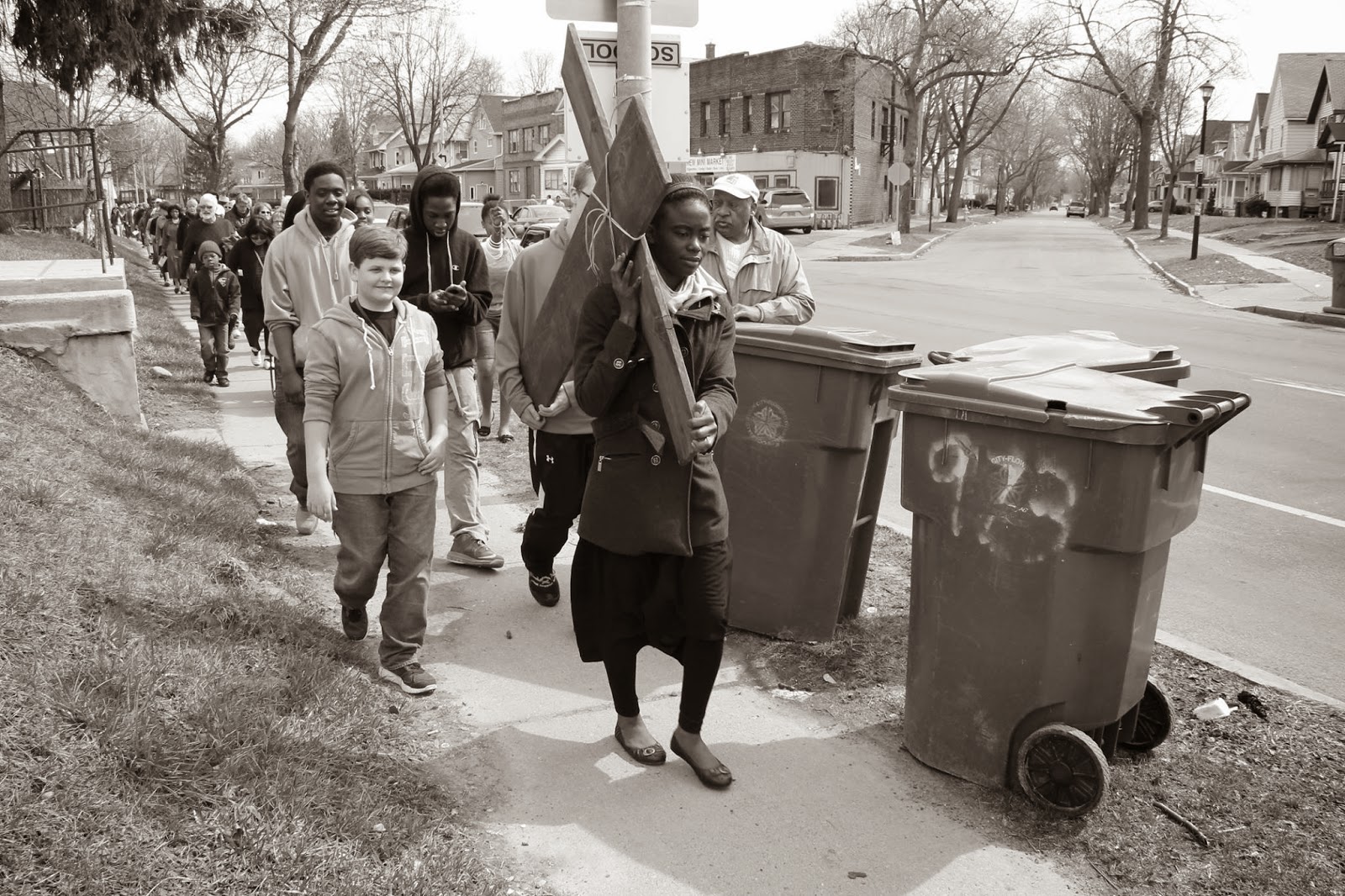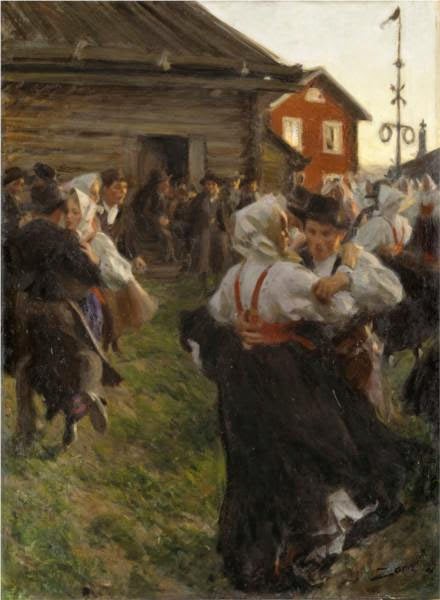 |
| A running tide, painted by little ol’ me. |
As a former newspaper reporter, I’m embarrassed to admit that I posted about my workshop yesterday without including the date. “Who, what, where, why, when and how” was drilled into my head back in the day. But I’ve gone stupid; as I mentioned yesterday, I used to have a manager, but she’s gone to live in a yurt.
 |
| The view from the Fireside Inn. Not bad, not bad at all. |
I managed to get a brochure and postcard for this workshop printed in record time. Hopefully, it has all the relevant information and is more or less accurate, because I had a lot of them printed.
 |
| A painting by one of my 2013 workshop participants, Nancy Woogen, who’s coming back in 2014. |
You can either send me an email and I’ll mail one to you, or you can just print one yourself.
The links are
hereand
here. Isn’t the internet cool?
Sea and Sky Workshop
August 10-15, 2014
Based at the Fireside Inn, Belfast, ME
Basic package includes
Five nights lodging at the Fireside Inn on the shores of Penobscot Bay in Belfast, ME.
American-style full breakfast buffet.
Sunday evening welcome reception.
Morning and afternoon instruction, Monday-Friday.
Ferry fare to Isleboro, ME.
Rates
Single accommodations, double-queen room: $803.25* plus $300 instruction fee.
Shared accommodation, double-queen room: $401.63* plus $300 instruction fee.
*Room rental is subject to 8% Maine state sales tax.
Available on request
Instruction only, no accommodation ($300)
Non-painting partner accommodations (at no charge in single room).
Room upgrades.
Private portfolio critique.
Extended stay to tour galleries and museums.
Register now!
 |
| And that’s me, in Maine last summer. I like this photo! |
OK, I’m going to put a cold compress on my head. All this practical thinking has me prostrated in exhaustion.






















